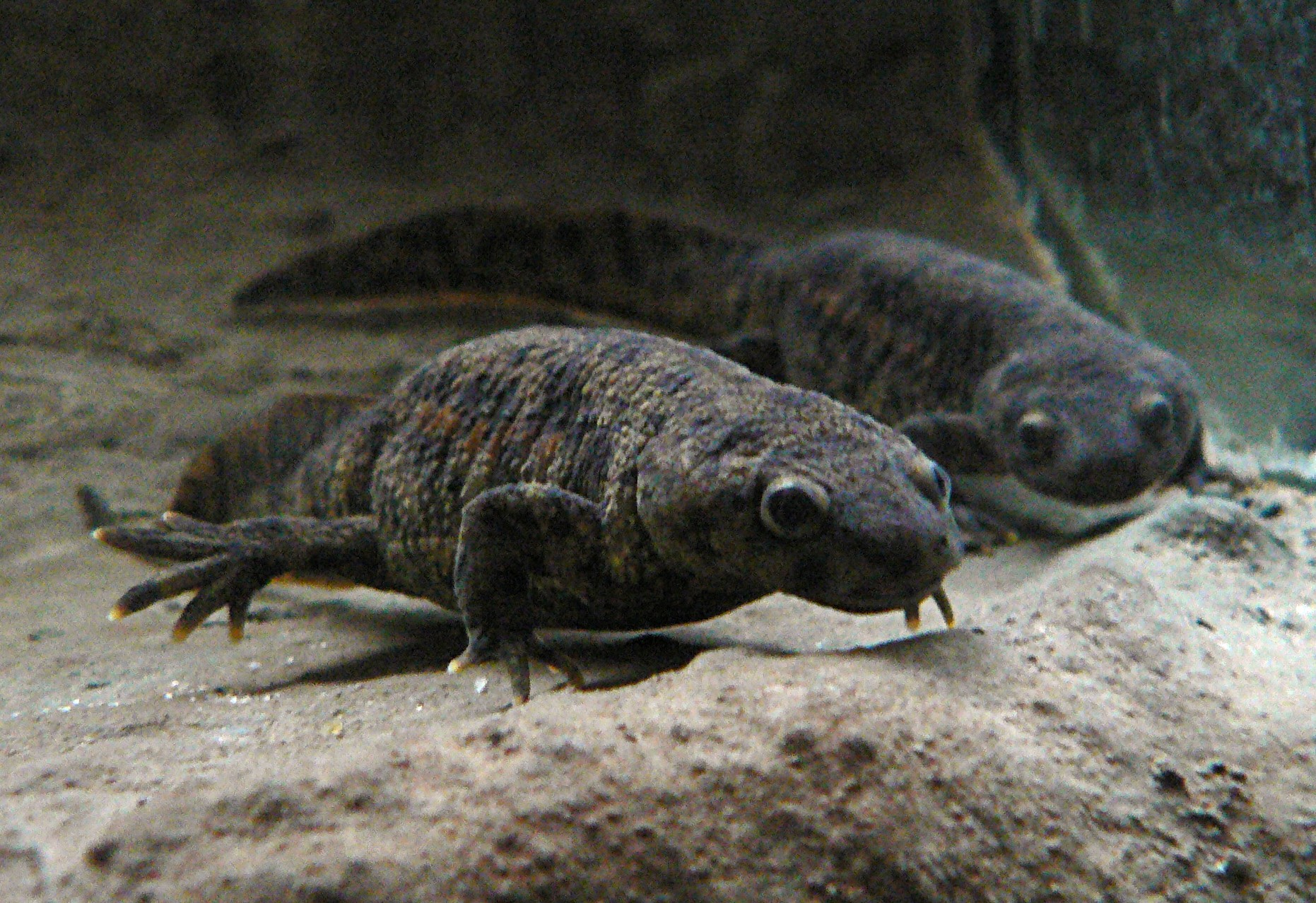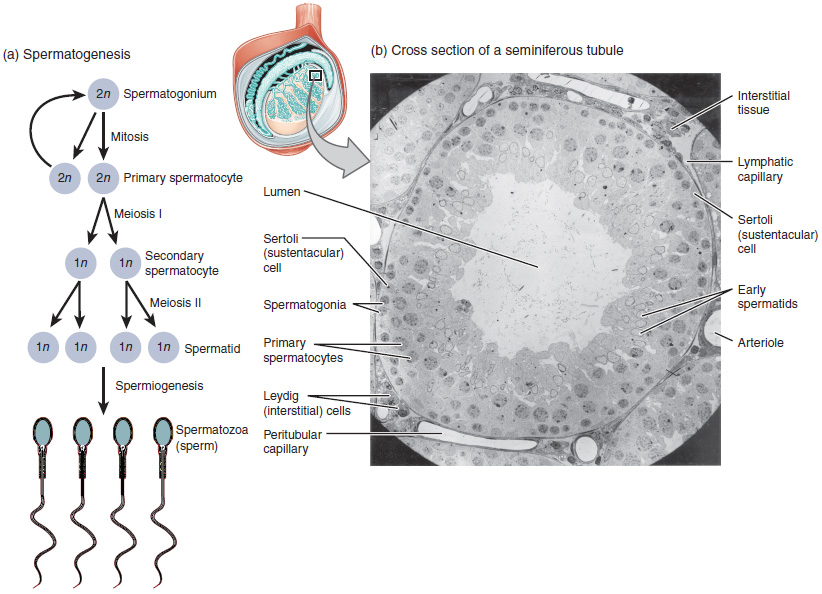|
Adolph Von La Valette-St. George
Adolph von La Valette-St. George (14 November 1831 in Schloss Auel – 29 November 1910 in Bonn) was a German zoologist and anatomist, known for his research in developmental biology. He studied at the universities of Berlin, Munich and Würzburg, where he was a student of Albert von Kölliker. In 1855 he obtained his PhD with the thesis "''Symbolae ad Trematodum evolutionis historiam''", then in 1857 received his medical doctorate. In 1858 he qualified as a lecturer at the University of Bonn, where in 1862 he became an associate professor.La Valette St. George, Adolph Freiherr von Pagel: Biographisches Lexikon hervorragender Ärzte des neunzehnten Jahrhunderts. Berlin, Wien 1901, Sp. 966-967. In 1875, he was named a full professor and successor to |
Adolph Von La Valette-St
Adolf (also spelt Adolph or Adolphe, Adolfo, and when Latinised Adolphus) is a given name with German origins. The name is a compound derived from the Old High German ''Athalwolf'' (or ''Hadulf''), a composition of ''athal'', or ''adal'', meaning "noble" (or '' had(u)''-, meaning "battle, combat"), and ''wolf''. The name is cognate to the Anglo-Saxon name '' Æthelwulf'' (also Eadulf or Eadwulf). The name can also be derived from the ancient Germanic elements "Wald" meaning "power", "brightness" and wolf (Waldwulf). Due to its extremely negative associations with the Nazi leader Adolf Hitler, the name has greatly declined in popularity since the end of World War II. Similar names include Lithuanian Adolfas and Latvian Ādolfs. The female forms Adolphine and Adolpha are far more rare than the male names. Adolphus can also appear as a surname, as in John Adolphus, the English historian. Popularity and usage During the 19th and early 20th centuries, Adolf was a popular name for ... [...More Info...] [...Related Items...] OR: [Wikipedia] [Google] [Baidu] |
Heinrich Wilhelm Gottfried Von Waldeyer-Hartz
Heinrich Wilhelm Gottfried von Waldeyer-Hartz (6 October 1836 – 23 January 1921) was a German anatomist, known for summarizing neuron theory and for naming the chromosome. He is also remembered by anatomical structures of the human body which were named after him: Waldeyer's tonsillar ring (the lymphoid tissue ring of the naso- and oropharynx) and Waldeyer's glands (of the eyelids). Contribution to neuron theory Waldeyer's name is associated in neuroscience with the " neuron theory", and for coining the term "neuron" to describe the basic structural unit of the nervous system. Waldeyer synthesized the discoveries by neuroanatomists (and later Nobel Prize winners) Camillo Golgi (1843–1926) and Santiago Ramón y Cajal (1852–1934), who had used the silver nitrate method of staining nerve tissue ( Golgi's method), to formulate widely cited reviews of the theory. Waldeyer learned Spanish in order to absorb Cajal's detailed studies using Golgi's method and became his fri ... [...More Info...] [...Related Items...] OR: [Wikipedia] [Google] [Baidu] |
Bombyx Mori
''Bombyx mori'', commonly known as the domestic silk moth, is a moth species belonging to the family Bombycidae. It is the closest relative of '' Bombyx mandarina'', the wild silk moth. Silkworms are the larvae of silk moths. The silkworm is of particular economic value, being a primary producer of silk. The silkworm's preferred food are the leaves of white mulberry, though they may eat other species of mulberry, and even leaves of other plants like the Osage orange. Domestic silk moths are entirely dependent on humans for reproduction, as a result of millennia of selective breeding. Wild silk moths, which are other species of ''Bombyx'', are not as commercially viable in the production of silk. Sericulture, the practice of breeding silkworms for the production of raw silk, has existed for at least 5,000 years in China, whence it spread to India, Korea, Nepal, Japan, and then the West. The conventional process of sericulture kills the silkworm in the pupal stage. The domestic s ... [...More Info...] [...Related Items...] OR: [Wikipedia] [Google] [Baidu] |
Newt
A newt is a salamander in the subfamily Pleurodelinae. The terrestrial juvenile phase is called an eft. Unlike other members of the family Salamandridae, newts are semiaquatic, alternating between aquatic and terrestrial habitats. Not all aquatic salamanders are considered newts, however. More than 100 known species of newts are found in North America, Europe, North Africa and Asia. Newts metamorphose through three distinct developmental life stages: aquatic larva, terrestrial juvenile (eft), and adult. Adult newts have lizard-like bodies and return to the water every year to breed, otherwise living in humid, cover-rich land habitats. Newts are threatened by habitat loss, habitat fragmentation, fragmentation and pollution. Several species are endangered, and at least one species, the Yunnan lake newt, has become extinct recently. Etymology The Old English name of the animal was , (of unknown origin), resulting in Middle English ; this word was transformed irregularly into , ... [...More Info...] [...Related Items...] OR: [Wikipedia] [Google] [Baidu] |
Crayfish
Crayfish are freshwater crustaceans belonging to the infraorder Astacidea, which also contains lobsters. Taxonomically, they are members of the superfamilies Astacoidea and Parastacoidea. They breathe through feather-like gills. Some species are found in brooks and streams, where fresh water is running, while others thrive in swamps, ditches, and paddy fields. Most crayfish cannot tolerate polluted water, although some species, such as '' Procambarus clarkii'', are hardier. Crayfish feed on animals and plants, either living or decomposing, and detritus. The term "crayfish" is applied to saltwater species in some countries. Terminology The name "crayfish" comes from the Old French word ' ( Modern French '). The word has been modified to "crayfish" by association with "fish" ( French language">Modern French '). The word has been modified to "crayfish" by association with "fish" ( American variant "crawfish" is similarly derived. Some kinds of crayfish are known lo ... [...More Info...] [...Related Items...] OR: [Wikipedia] [Google] [Baidu] |
Hermaphroditism
A hermaphrodite () is a sexually reproducing organism that produces both male and female gametes. Animal species in which individuals are either male or female are gonochoric, which is the opposite of hermaphroditic. The individuals of many taxonomic groups of animals, primarily invertebrates, are hermaphrodites, capable of producing viable gametes of both sexes. In the great majority of tunicates, mollusks, and earthworms, hermaphroditism is a normal condition, enabling a form of sexual reproduction in which either partner can act as the female or male. Hermaphroditism is also found in some fish species, but is rare in other vertebrate groups. Most hermaphroditic species exhibit some degree of self-fertilization. The distribution of self-fertilization rates among animals is similar to that of plants, suggesting that similar pressures are operating to direct the evolution of selfing in animals and plants. A rough estimate of the number of hermaphroditic animal species is 6 ... [...More Info...] [...Related Items...] OR: [Wikipedia] [Google] [Baidu] |
Forficula Auricularia
''Forficula auricularia'' is a species complex comprising the common earwig. It is also known as the European earwig. It is an omnivorous insect belonging to the family Forficulidae. The name ''earwig'' comes from the appearance of the hindwings, which are unique in their resemblance to human ears when unfolded. The species name of the common earwig, ''auricularia'', is a specific reference to this feature. The European earwig survives in a variety of environments. It is also a common household insect in North America. They are often considered a household pest because of their tendency to invade crevices in homes and consume pantry foods, though they may also act as beneficial species depending on the circumstances. ''Forficula auricularia'' is reddish-brown in color with a flattened elongated body and slender beaded antennae. Earwigs possess pairs of pincers or forceps at the tip of the flexible abdomen. Both sexes have these pincers. In males, they are large and curved, wherea ... [...More Info...] [...Related Items...] OR: [Wikipedia] [Google] [Baidu] |
Spermatogenesis
Spermatogenesis is the process by which haploid spermatozoa develop from germ cells in the seminiferous tubules of the testicle. This process starts with the Mitosis, mitotic division of the stem cells located close to the basement membrane of the tubules. These cells are called Spermatogonial Stem Cells, spermatogonial stem cells. The mitotic division of these produces two types of cells. Type A cells replenish the stem cells, and type B cells differentiate into primary spermatocytes. The primary spermatocyte divides meiotically (Meiosis I) into two secondary spermatocytes; each secondary spermatocyte divides into two equal haploid spermatids by Meiosis II. The spermatids are transformed into spermatozoa (sperm) by the process of spermiogenesis. These develop into mature spermatozoa, also known as sperm, sperm cells. Thus, the primary spermatocyte gives rise to two cells, the secondary spermatocytes, and the two secondary spermatocytes by their subdivision produce four spermatoz ... [...More Info...] [...Related Items...] OR: [Wikipedia] [Google] [Baidu] |
Cell Division
Cell division is the process by which a parent cell (biology), cell divides into two daughter cells. Cell division usually occurs as part of a larger cell cycle in which the cell grows and replicates its chromosome(s) before dividing. In eukaryotes, there are two distinct types of cell division: a vegetative division (mitosis), producing daughter cells genetically identical to the parent cell, and a cell division that produces Haploidisation, haploid gametes for sexual reproduction (meiosis), reducing the number of chromosomes from two of each type in the diploid parent cell to one of each type in the daughter cells. Mitosis is a part of the cell cycle, in which, replicated chromosomes are separated into two new Cell nucleus, nuclei. Cell division gives rise to genetically identical cells in which the total number of chromosomes is maintained. In general, mitosis (division of the nucleus) is preceded by the S stage of interphase (during which the DNA replication occurs) and is f ... [...More Info...] [...Related Items...] OR: [Wikipedia] [Google] [Baidu] |
Amoeba
An amoeba (; less commonly spelled ameba or amœba; : amoebas (less commonly, amebas) or amoebae (amebae) ), often called an amoeboid, is a type of Cell (biology), cell or unicellular organism with the ability to alter its shape, primarily by extending and retracting pseudopodia, pseudopods. Amoebae do not form a single Taxonomy (biology), taxonomic group; instead, they are found in every major Lineage (evolution), lineage of eukaryote, eukaryotic organisms. Amoeboid cells occur not only among the protozoa, but also in fungi, algae, and animals. Microbiologists often use the terms "amoeboid" and "amoeba" interchangeably for any organism that exhibits amoeboid movement. In older classification systems, most amoebae were placed in the Class (biology), class or subphylum Sarcodina, a grouping of Unicellular organism, single-celled organisms that possess pseudopods or move by protoplasmic flow. However, molecular phylogenetic studies have shown that Sarcodina is not a monophyletic ... [...More Info...] [...Related Items...] OR: [Wikipedia] [Google] [Baidu] |
Isopod
Isopoda is an Order (biology), order of crustaceans. Members of this group are called isopods and include both Aquatic animal, aquatic species and Terrestrial animal, terrestrial species such as woodlice. All have rigid, segmented exoskeletons, two pairs of Antenna (biology), antennae, seven pairs of jointed limbs on the Thorax#In_arthropods, thorax, and five pairs of branching appendages on the Abdomen#In other animals, abdomen that are used in Respiration (physiology), respiration. Females brood their young in a pouch under their thorax called the Brood pouch (Peracarida), marsupium. Isopods have various feeding methods: some eat dead or decaying plant and animal matter, others are Grazing (behaviour), grazers or filter feeders, a few are Predation, predators, and some are internal or external parasites, mostly of fish. Aquatic species mostly live on the seabed or the bottom of freshwater body of water, bodies of water, but some Taxon, taxa can swim for short distance. Terre ... [...More Info...] [...Related Items...] OR: [Wikipedia] [Google] [Baidu] |






